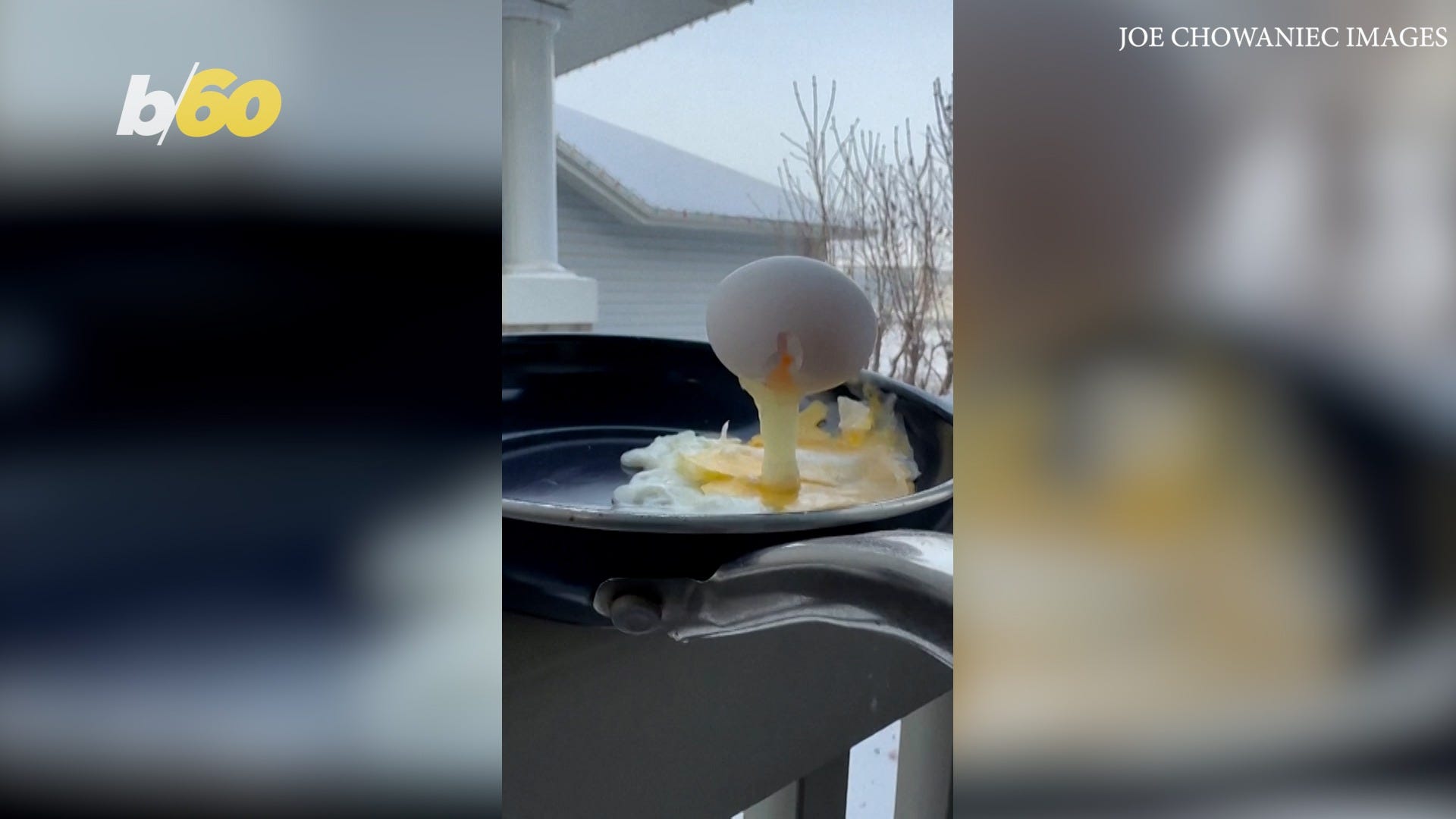

Crazy video shows extreme cold weather in Canada
It’s getting cold out there folks, and no one knows this better than the citizens of Canada where a polar vortex is lowering temperatures to record-breaking numbers.
Atmospheric scientists were surprised earlier this month to notice that the Arctic’s polar vortex reversed its trajectory as it began spinning in the opposite direction. What’s more: It has yet to stop.
The change occurred around March 4 and is among the six strongest such events since 1979, Amy Butler, a climate scientist at the National Oceanic and Atmospheric Administration (NOAA), told Spaceweather.com.
The rotating mass of cold air that circles in the Arctic stratosphere is infamous for triggering extreme cold and storms in various regions, but fortunately that has not happened in this case, according to Butler, the author of NOAA’s new polar vortex blog. Instead, what Butler calls “Sudden Stratospheric Warming events” led to an increase of polar ozone from lower latitudes surrounding the Arctic, causing the swirling reversal.
“Atmospheric planetary waves have been breaking in the polar stratosphere, increasing its temperature,” Butler told SpaceWeather.com. “Also, warming air helps prevent chemical ozone loss.”
The so-called “ozone spike” is the biggest in the month of March since record-keeping began in 1979, the outlet reported.
What is a polar vortex?
The stratospheric polar vortex is a large-scale region of circulating winds that helps to confine cold air to the polar regions, according to NASA.
But when it weakens or is disturbed, that cold air can leak into lower latitudes and cause major weather events.
Residing high up in the stratosphere about 30 miles above Earth’s surface, the vortex is most prominent during the winter. The winds spin at speeds of around 155 mph, according to the U.K. Met Office, nearly matching the minimum wind speed for a Category 5 hurricane.
Disruptions to the polar vortex can cause severe weather in the U.S., such as in 2021 when Louisville, Kentucky saw “an abrupt end to the mostly tranquil weather the region had experienced for much of 2020,” according to NOAA.
What caused the polar vortex reversal?
According to NOAA, the vortex has been noticeably active this winter.
The prevailing west-to-east “screaming-fast winds” circling the North Pole have completely reversed twice this year, the agency said in a March 20 blog post.
The culprit for the disruption lies on a sudden atmospheric warming caused by planetary waves that jostle the stratosphere from below and can reverse a vortex’s flow, according to NOAA.
The disruptions can also have an effect on weather here in the U.S., such as the cold snap that the central region of the country experienced in January, NOAA said.
So how much longer should it last?
Butler told SpaceWeather.com that the winds are starting to slow down, meaning the ozone spike will subside and westerly winds will resume around the end of March.
Eric Lagatta covers breaking and trending news for USA TODAY. Reach him at [email protected]
